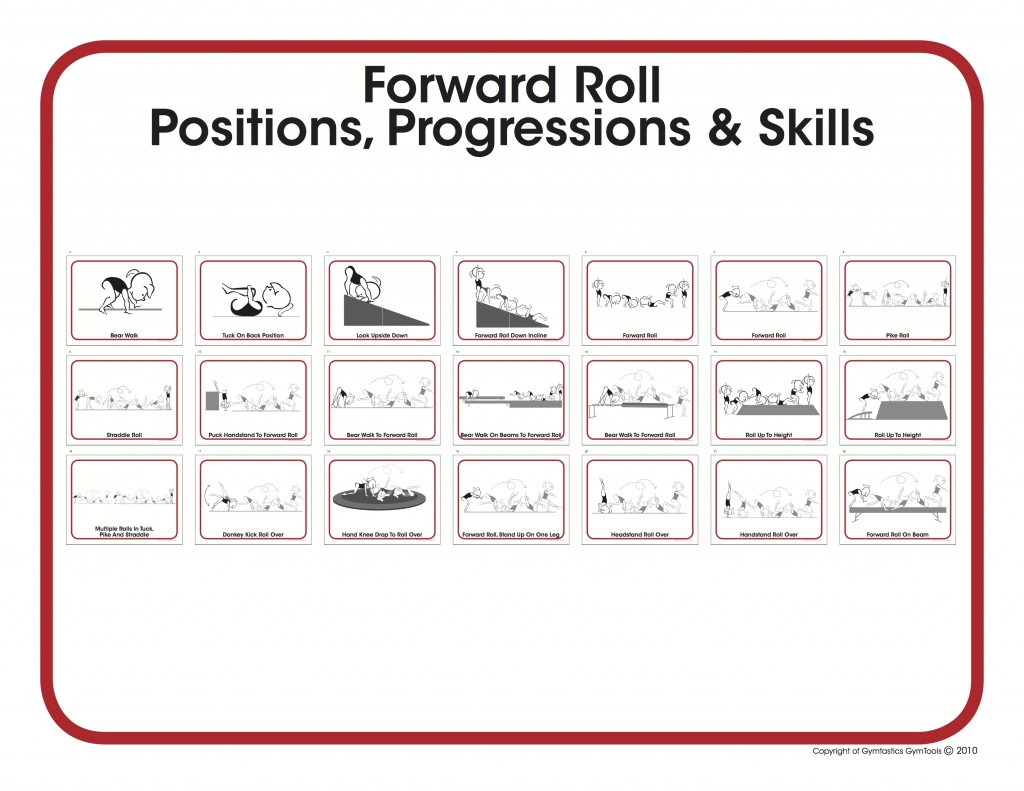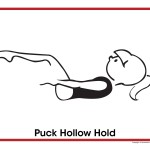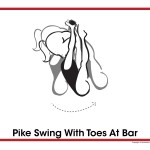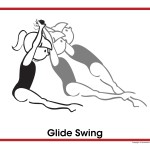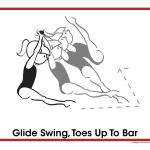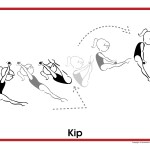Progressive programs that break skills down and build on the basics help children excel and succeed.
As athletes and coaches, we all know the importance of having a strong foundation and the proper basic skills to succeed. But building on the basics can’t just be something we say; it has to be something we really live and breathe in the gym.
It can be easy to forget that we do 80% of our lifelong learning of these types of basic movements before the age of five. But every run begins with a step, which began with a crawl. Every handstand begins with a support; every cartwheel begins with a lunge.
As a coach and instructor, we need to always remember this and take the time to put real thought into our exercise routines for kids.
Gymnastics should feel natural. Over the years of practicing and working, your body remembers. It wants to move in the right way; it wants to stretch itself and grow in the direction it is being nurtured in. Don’t fight what your students’ bodies naturally want to do; work with it. Work with programs that understand everything the body is remembering and building on.
Building blocks beyond the body
When I think about the foundations, I want to build programs that think about a child’s growth and development in arenas well beyond just the physical. How we move, how we act, how we learn – it’s not just about body posture and flexibility. It is about understanding how a child feels, thinks, understands, acts and, yes, moves at every age and stage of development.
That’s why the most successful programs – from preschool up to competitive programs – build on an understanding of what an athlete needs in all areas of their experience: from the physical to the mental, the social to the emotional.
Why progression works
When I put together my gymnastics programs for children, building on the basics is always top of mind. That’s why I break everything down into progressions, identifying the building block moves that can be put together to create more complex activities. This approach also lends itself to accessible teaching tools, like illustrations and station cards, that can be used to help children (and coaches) be mindful of all the things their bodies are doing so they can perform safely and precisely.
It is easy to get overwhelmed by a new skill or complex activity. But when we take it apart, and look at the pieces that make it possible rather than the thing as a whole, it is easy to not only see how its done but imagine ourselves succeeding at it.
Progressions work because they remind children how far they’ve come and how close they are to the next place they want to go.
At Gymtastics, we always, always remember the basics. It’s how we approach everything – all of our exercise teaching tools and our different gymnastics programs for beginners. It’s at the heart of what we do, what we offer and what we believe, because we know that from little things, big things grow.
From Darlene “The Bean”



